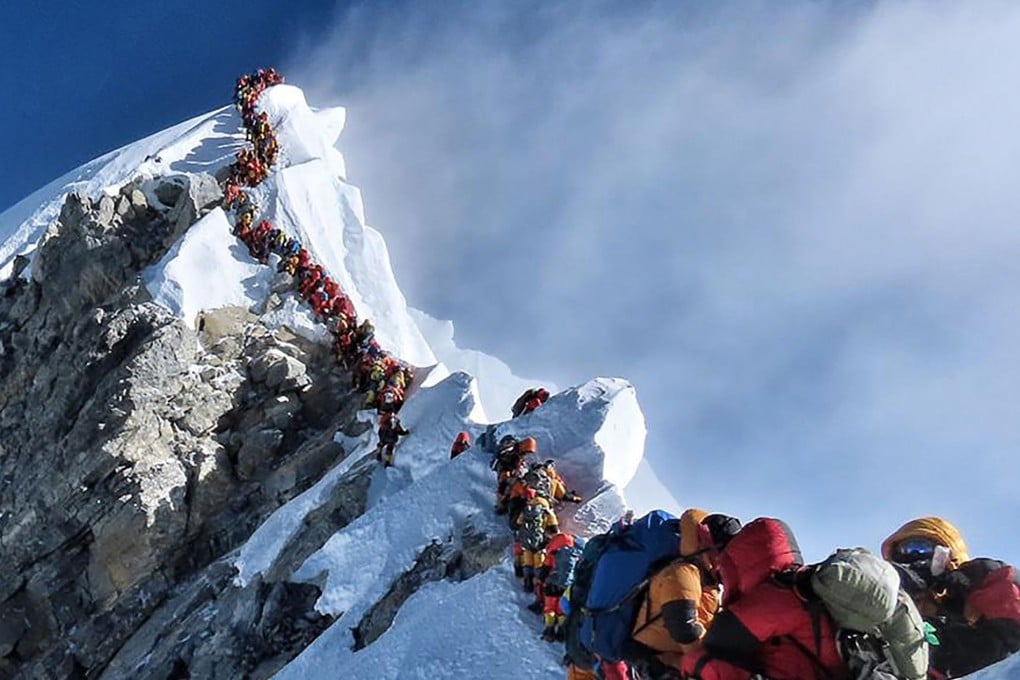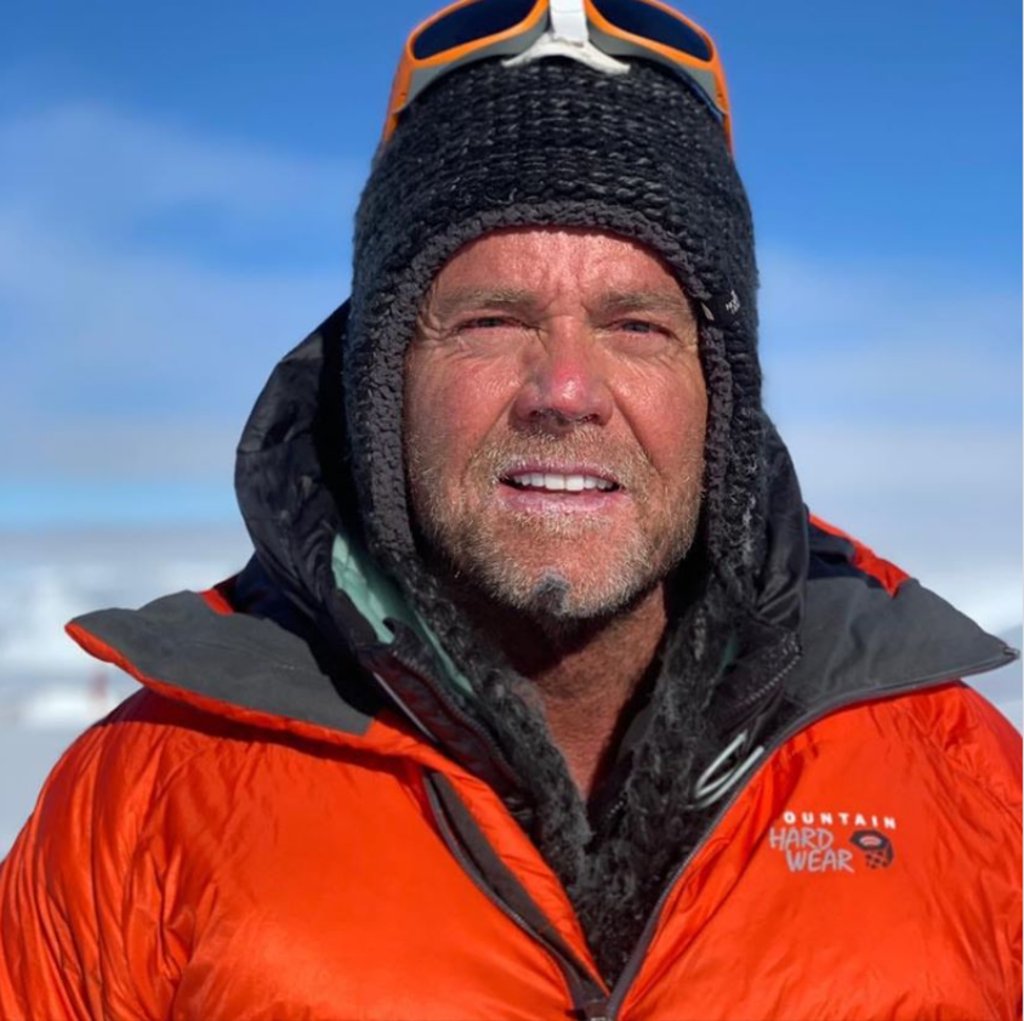Death on Everest after Indian and American climbers become stuck in 200-person summit traffic jam
- Donald Lynn Cash and Anjali Kulkarni suffer from fatal altitude sickness, as at least one guide blames 200-person long summit queue for tragedy
- A clear weather window encourages hordes of mountaineers to make for the summit at the same time

A huge queue of climbers near the summit of Mount Everest may have caused at least one of two deaths on the world’s highest mountain.
More than 200 climbers were taking advantage of clear weather on Wednesday to attempt to reach the summit from both Nepal and China, but teams had to line up for hours, risking frostbite and altitude sickness.
An American and Indian climber are the latest fatalities, their expedition organisers said, on one of the busiest-ever days on the 8,848m-peak.
Donald Lynn Cash, 55, collapsed at the summit on Wednesday as he was taking photographs, while Anjali Kulkarni, also 55, died while descending after reaching the top.

Kulkarni’s expedition organiser, Arun Treks, said heavy traffic at the summit had delayed her descent and caused her death.
“She had to wait for a long time to reach the summit and descend,” Thupden Sherpa said. “She couldn’t move down on her own and died as Sherpa guides brought her down.”